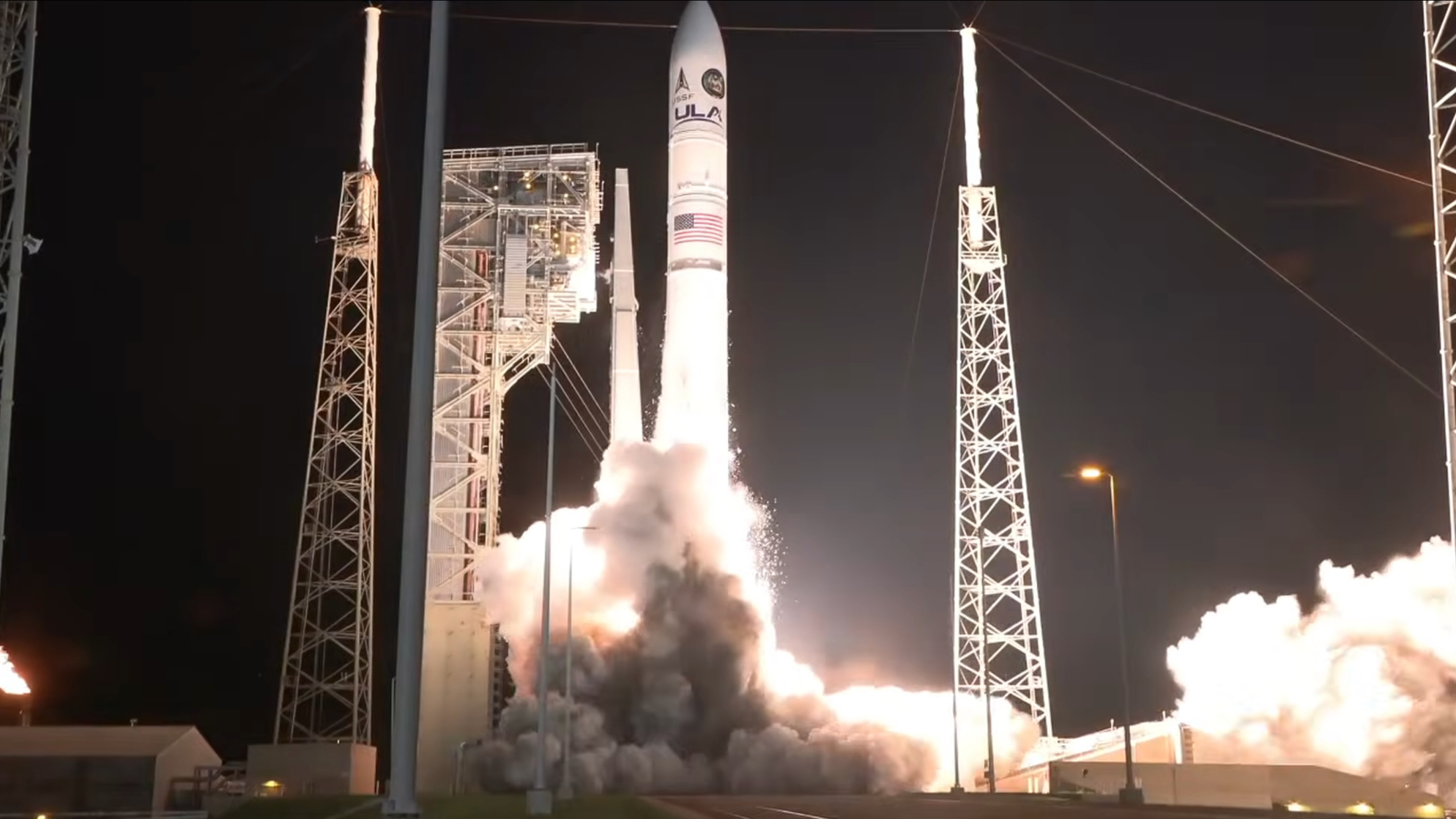United Launch Alliance cULAc is on the verge of launching a crucial mission with its advanced Vulcan rocket, which was recently certified for national security payloads by the United States government. The 202-foot-tall rocket is set to embark on the United States Space Force cUSSFc-106 mission, where it will carry a pair of satellites to geosynchronous orbit, making it one of ULA's longest missions to date. This mission underscores ULA's track record of delivering critical satellites for national security purposes, with USSF-106 being their 101st mission in this domain.
During a prelaunch teleconference, Gary Wentz, ULA's vice president of Government and Commercial Programs, highlighted the significance of this mission, emphasizing its purposeful design to support direct injection to geo for the Space Force. The journey of the Vulcan rocket from the Vertical Integration Facility to the pad at Cape Canaveral Space Force Station marked a significant step in the lead-up to the launch. The mission is scheduled for a precise liftoff time and will be covered live to capture the countdown and launch activities.
The successful launch of USSF-106 would mark a milestone for ULA as it signifies the company's return to launching payloads under the National Security Space Launch cNSSLc program for the Space Force and the National Reconnaissance Office. ULA's Vulcan rocket, powered by Blue Origin-built BE-4 engines, represents a shift away from reliance on Russian engines, ensuring assured access to space for the U.S. military.
Despite facing challenges during the certification process, particularly due to an anomaly with a solid rocket motor, ULA and its partners worked diligently to resolve the issues and ensure the rocket's readiness for national security missions. Col. James Horne expressed the significance of achieving independence from Russian engines and maintaining a robust capability to support critical missions.
The USSF-106 mission comprises two satellites, one being the Navigation Technology Satellite-3 cNTS-3c developed by the Air Force Research Laboratory. Dr. Joanna Hicks, the principal investigator for NTS-3, highlighted the experimental nature of this satellite, aiming to enhance position, navigation, and timing cPNTc capabilities through various technological advancements.
The maiden operational flight of the Vulcan rocket witnessed the successful launch of an experimental navigation satellite, emphasizing its capacity to cater to national security requirements efficiently. Equipped with advanced features like a phased array antenna for improved signal transmission, NTS-3 represents a significant step in augmenting GPS technology for enhanced resilience against jamming and spoofing attacks.
The Vulcan Centaur rocket's resilience, powered by its advanced propulsion systems, positions it as a key player in the national security space domain. This launch underscores ULA's commitment to providing reliable and robust launch services for critical military and government missions. Moving forward, ULA aims to continue expanding its launch capabilities, ensuring a robust launch cadence to cater to the evolving needs of the space industry.
In conclusion, the successful launch of USSF-106 with the Vulcan rocket reflects a pivotal moment for ULA, showcasing their dedication to advancing national security space capabilities. The mission's achievements underscore the importance of innovation and collaboration in ensuring the successful delivery of critical payloads into orbit, marking a significant milestone in ULA's trajectory towards space exploration excellence.



